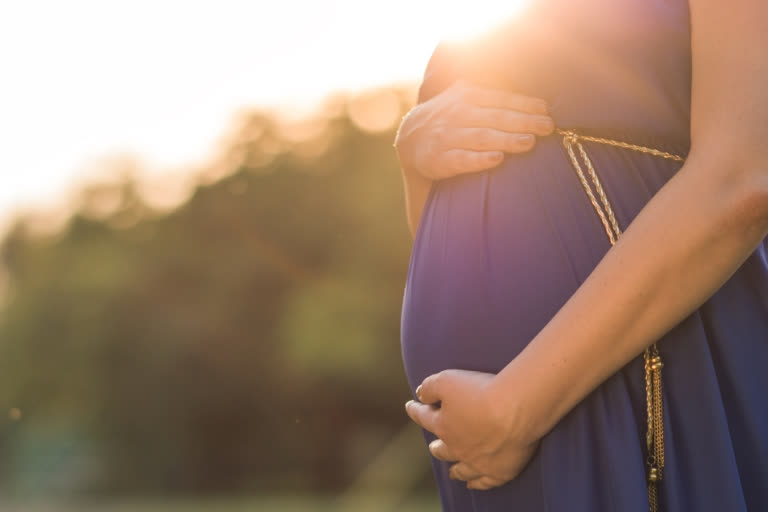Up to 30 per cent of pregnancies end in miscarriage, defined as pregnancy loss before 20 weeks of pregnancy. As many as half of miscarriages are unexplained, and there are few known risk factors for these pregnancy losses, which can lead to post traumatic stress disorder, depression, and anxiety.
A study by the Boston University School of Public Health (BUSPH), investigated seasonal differences in miscarriage risk and found that pregnant people in North America had a 44 percent higher risk of an early miscarriage (within eight weeks of pregnancy) in the summer months--particularly in late August--than they did six months earlier in February. The risk of miscarriage during any week of pregnancy was 31 per cent higher in late August, compared to late February. Geographically, the results showed that pregnant people in the South and Midwest, where summers are hottest, were more likely to experience this loss in late August and early September, respectively.
These results suggest that additional research is needed to understand the potential roles of extreme heat and other hot-weather environmental or lifestyle exposures in unexpected pregnancy loss. "Any time you see the seasonal variation in an outcome, it can give you hints about causes of that outcome," says study lead and corresponding author Dr Amelia Wesselink, research assistant professor of epidemiology at BUSPH. "We found that miscarriage risk, particularly risk of 'early' miscarriage before eight weeks of gestation, was highest in the summer. Now we need to dig into that more to understand what kinds of exposures are more prevalent in the summer, and which of these exposures could explain the increased risk of miscarriage."
Also read:Women with more miscarriages or stillbirths are at greater risk of stroke, research finds
